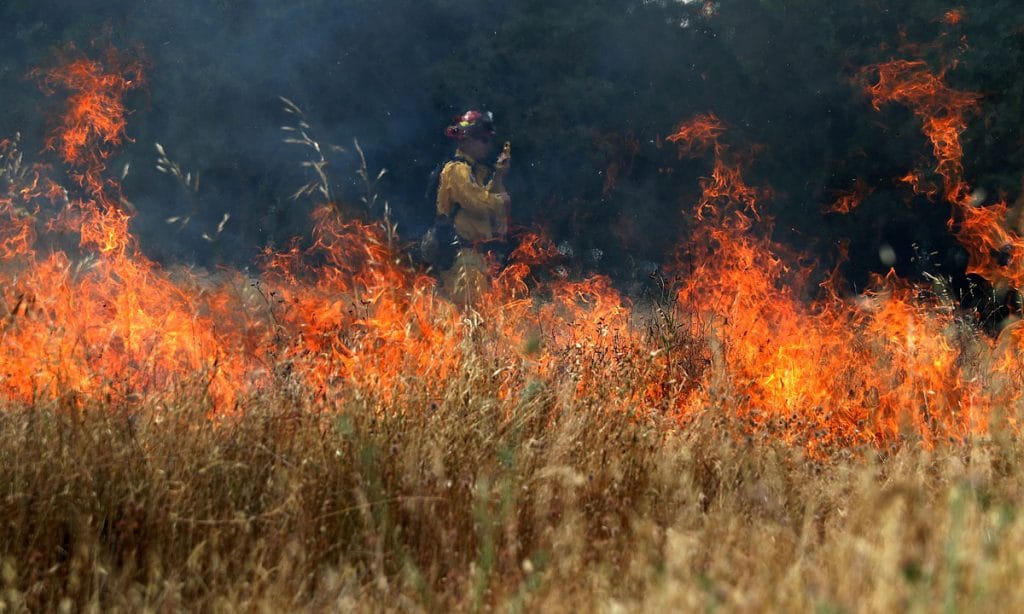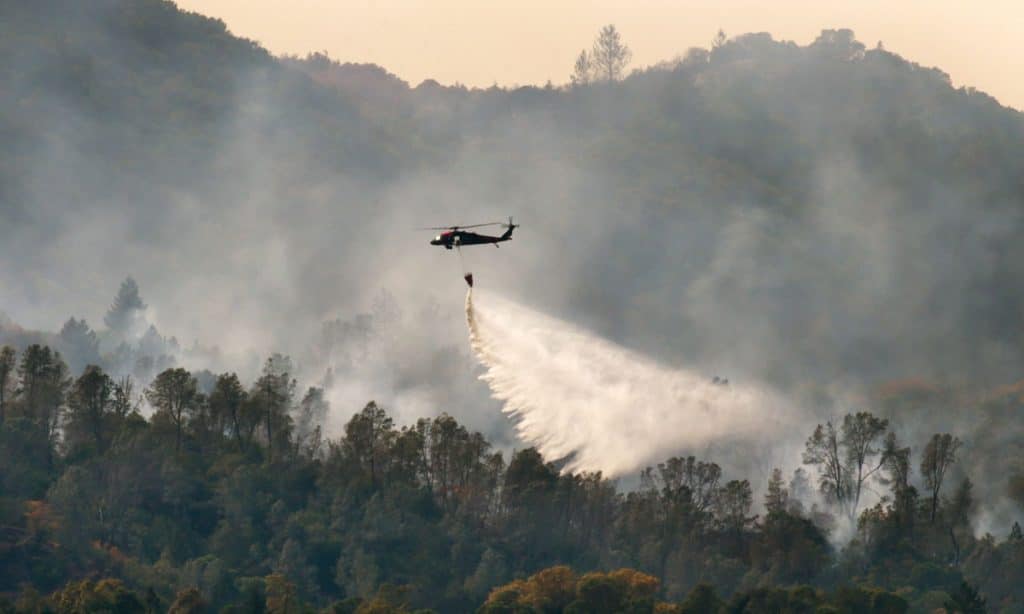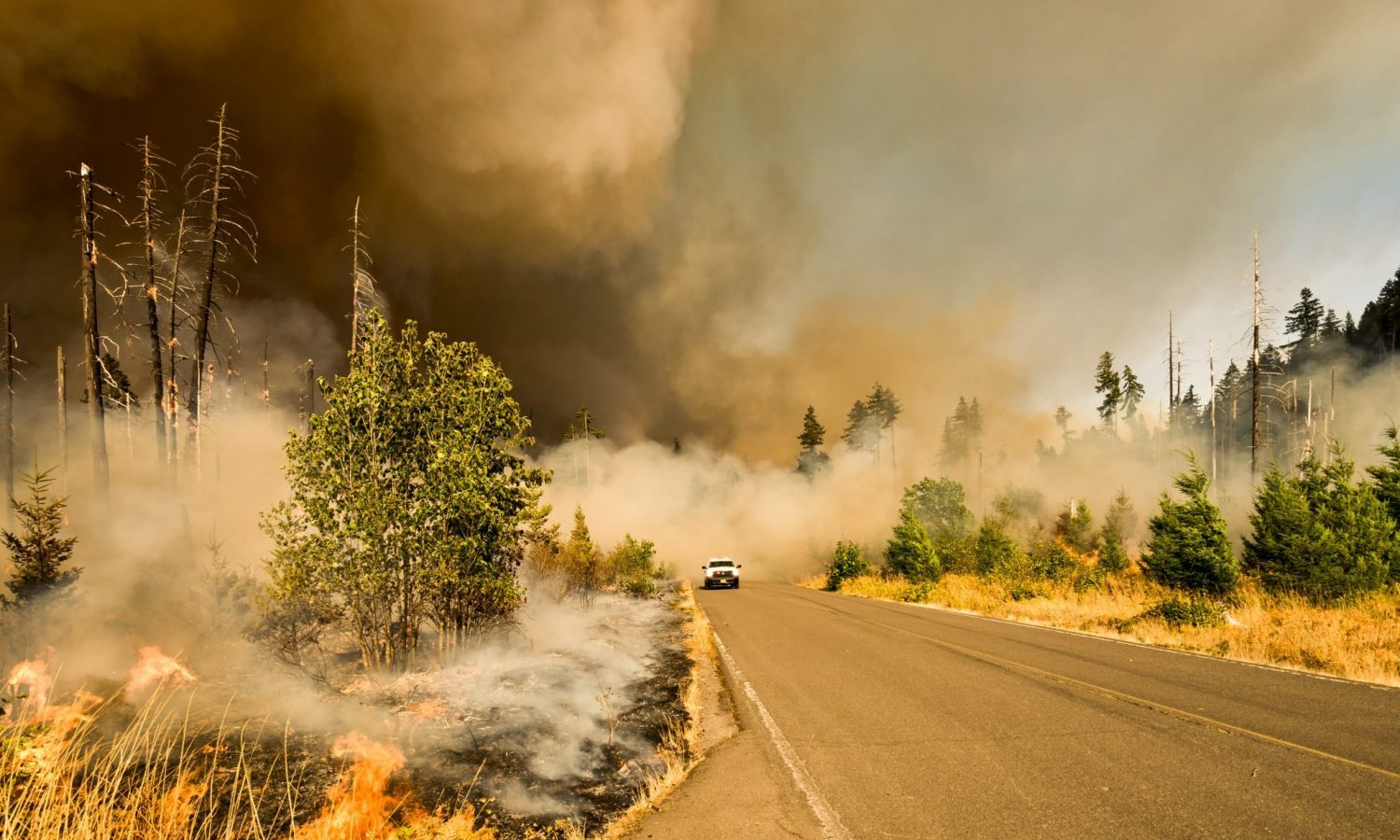Cannabis businesses need to remain vigilant and consider whatever regulatory measures can be taken to mitigate losses caused by fires.
Summer’s here, a massive heatwave just hit the west coast, and fire season is right around the corner. This is the harsh reality for west coast residents and it doesn’t look like that’ll change anytime soon. Wildfires have a severe impact on entire communities and everyone can be impacted. But there are some unique issues for cannabis businesses that I’ll get into in this post.
First off, cannabis businesses are unlike many other businesses because they are siloed in specific locations and have many regulatory restrictions concerning moving goods in the event of a natural disaster such as a fire. Fortunately, many states’ regulators had the foresight to include provisions for relief from regulatory requirements in some cases when natural disasters strike. You can check out our posts on Oregon and California to read more about their respective regulations, which I won’t rehash here.

Second, cannabis businesses are very susceptible to damage as a result of fires. Outdoor cultivators are usually hit the hardest–even when fires don’t damage their crops, smoke and other particulate matter (even from seemingly far-off fires) can destroy outdoor crops. I saw a lot of examples of this happening last year. So even when fires may not be at a cultivator’s literal doorstep, they need to be thinking about things like air condition and whether they need to get in touch with the state about seeking any relief as noted above.
For any cannabis business, actually having a fire at the premises is about the most serious problem one could face. This is a particular challenge for businesses that may be storing tons of cash and valuable products and that may not have adequate insurance coverage (as is often the case) to cover losses caused by fires. Moreover, loss in the ability to operate due to fire damage can be a major, if not fatal, setback for many cannabis businesses.
RELATED: The California Fires and Cannabis
Third is utilities. If fire or excessive heat damages power lines, for example (this happened in LA County during last year’s massive heatwave), indoor cultivators may not get the electricity they need to cultivate plants — and they need a lot. And while we are on the precipice of another drought, cultivators across the state will face declines in water availability as resources are being diverted to fight fires. We are already seeing issues crop up all across the state with water supplies.

For many cannabis businesses in cities or other non-rural areas, fires won’t be a direct impact. But it’s entirely possible that we’ll see another massive spike in prices that will be felt all along the supply chain due to fire impacts on cannabis cultivators. The point is that cannabis businesses need to remain vigilant and consider whatever regulatory measures can be taken to mitigate losses caused by fires.
Griffen Thorne is an attorney at Harris Bricken, a law firm with lawyers in Seattle, Portland, Los Angeles, San Francisco, Barcelona, and Beijing. This story was originally published on the Canna Law Blog and has been reposted with permission.


